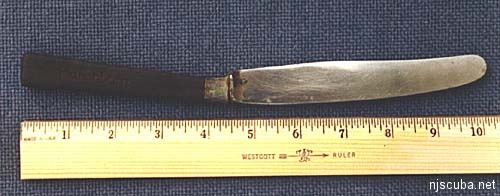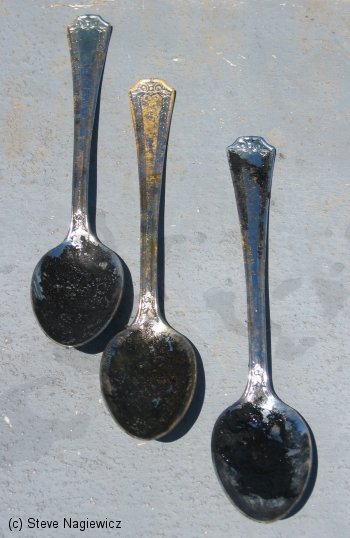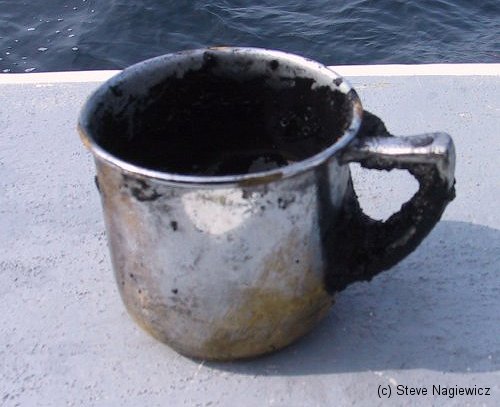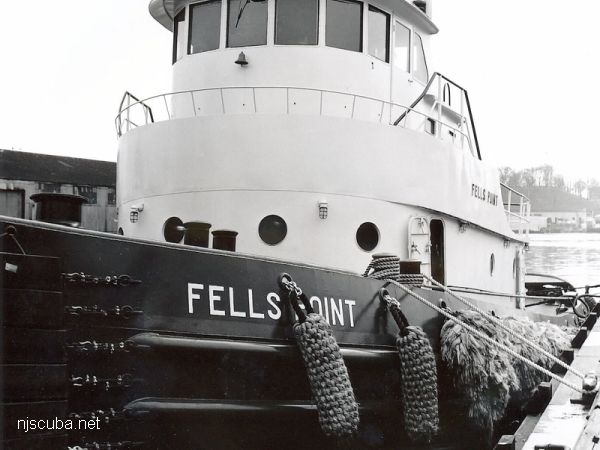China & Silverware (1/2)
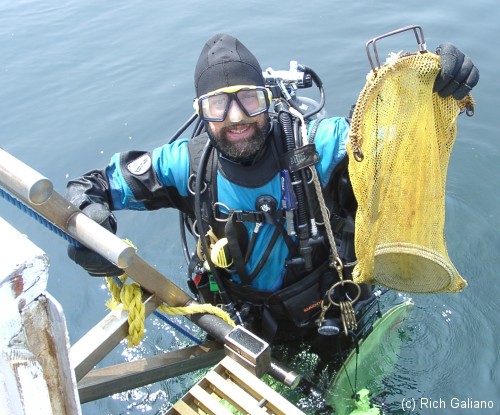
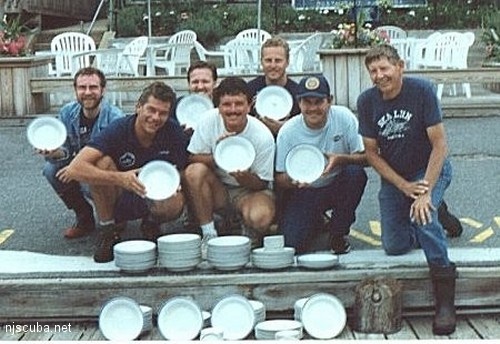
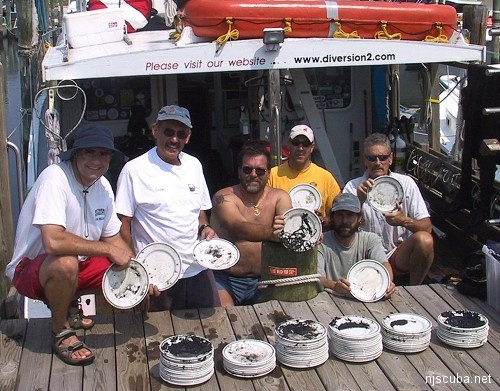
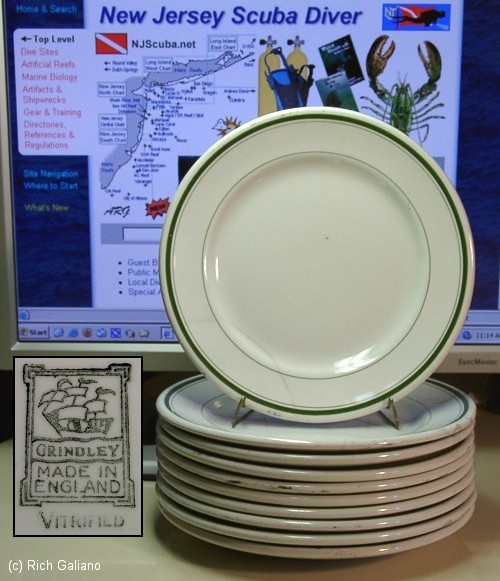
A stack of 9" dishes from the Mohawk (1935), some of many recovered in 2004. The inset shows the manufacturer's stamp on the back. "Vitrified" refers to the shiny non-porous glaze. The Grindley company is still in business, since 1889.
These dishes were part of the cargo, probably bound for Cuba, and are quite ordinary and unremarkable. If they had actually belonged to the ship, they would most likely bear the Line's name and emblem - in this case Clyde, Clyde-Mallory, or Ward ( the Mohawk changed hands several times. ) Apart from a few stains, they are perfectly usable, after 70 years buried in the shipwreck!
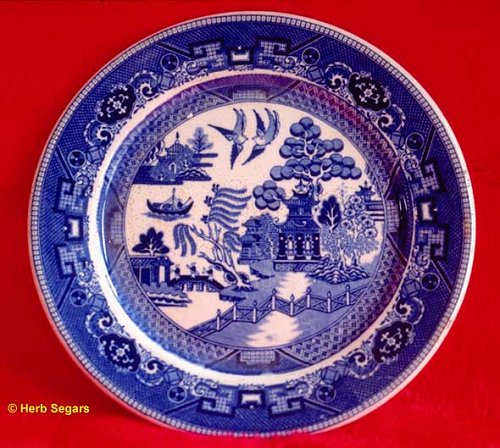
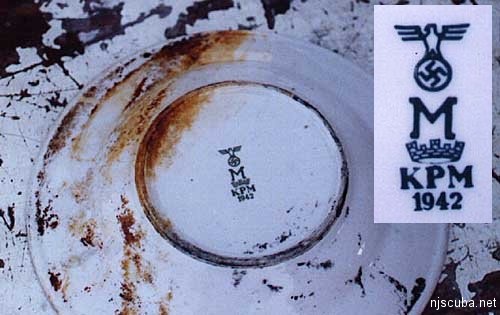
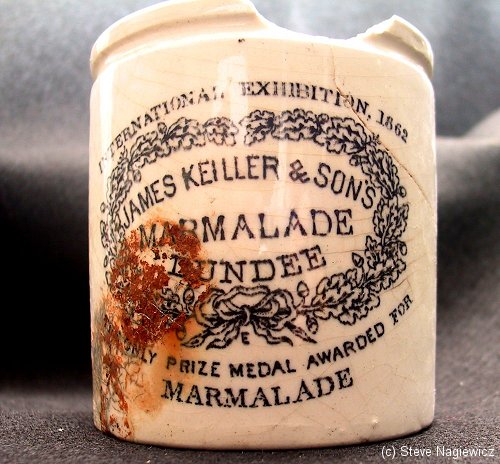
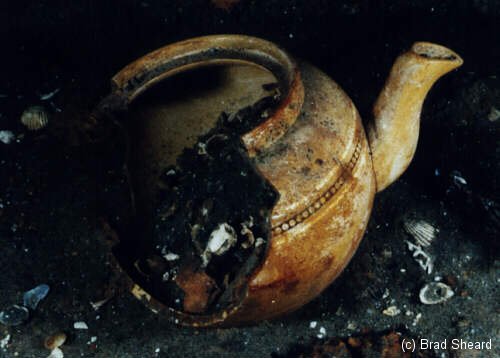
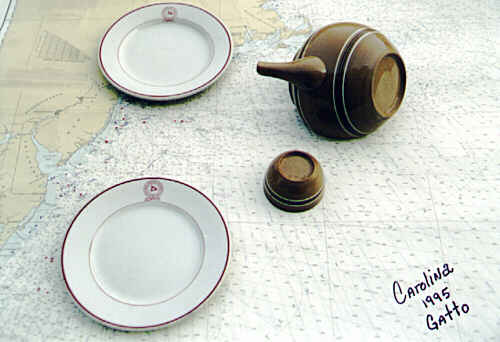
From the Andrea Doria:
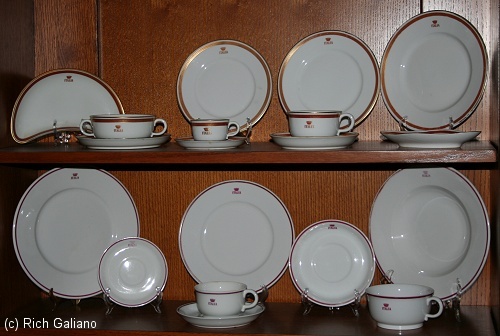
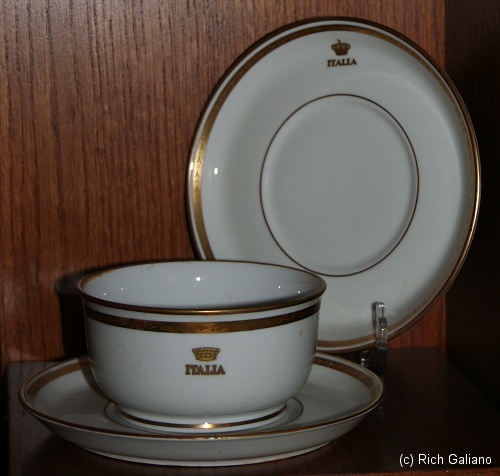
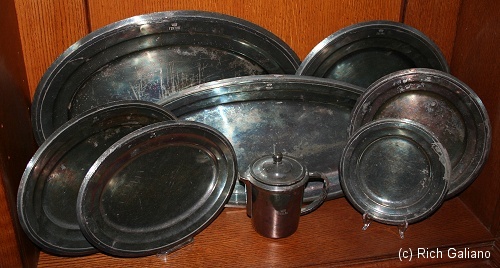
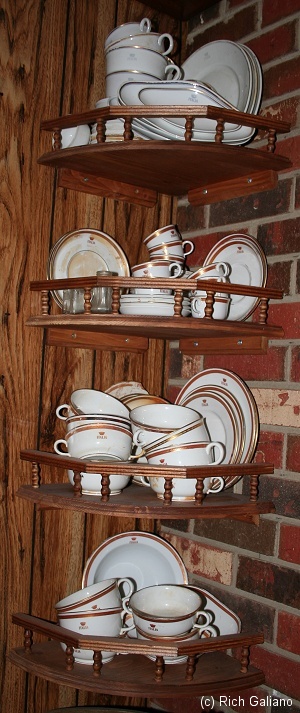
Miscellaneous:
